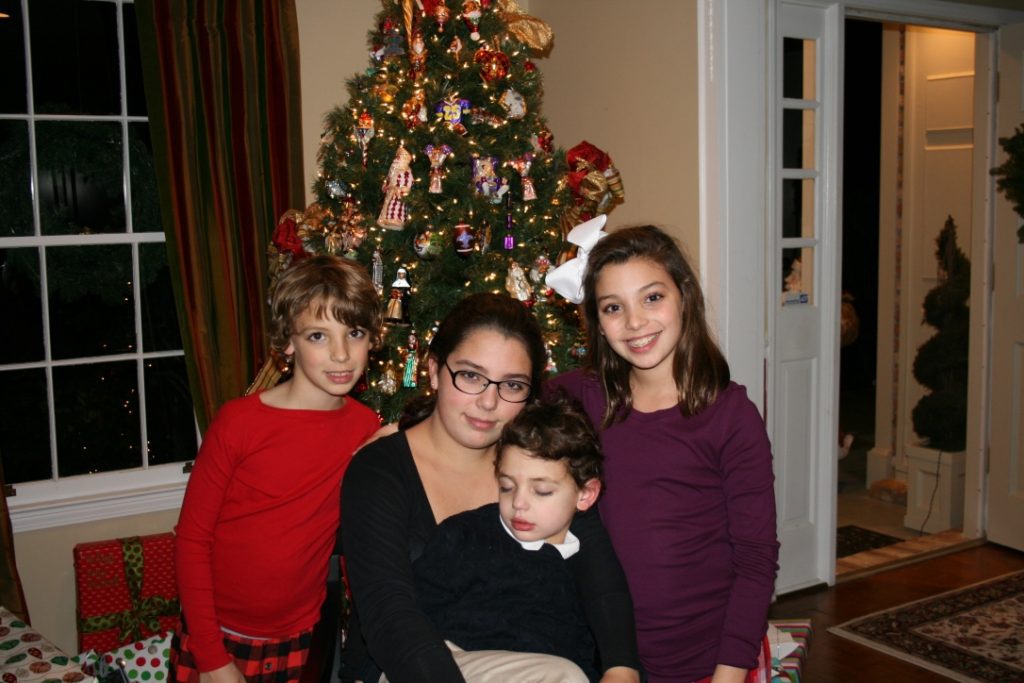As a young mother, I developed a list of parenting rules and guidelines I planned to use with ALL of my children. My then Type-A self planned to raise perfect little angels who did not watch too much television, quietly read literature all the time, and loved to play musical instruments.
The Early Years
My girls (who are 12 months and 21 days apart) initially cooperated. They were built-in playmates and loved to play make-believe, read books, and be outside. When my oldest son arrived a few years later, I continued applying the same early childhood rules. He loved to play outside, he remained too young for an instrument, and he did not enjoy television which required him to be still, but he hated reading.
How could he hate to read?
We fought a constant battle until one day, a teacher friend suggested graphic novels–comic books!
Imagine my horror!
I planned on everyone reading the classics, I wasn’t convinced comic books were even reading material. Apparently, they are, and it worked. My parenting rules evolved.

Perhaps a sign of things to come…
Our caboose, Matthew, arrived in 2004 and upset my apple cart just a bit. Managing a newborn, along with a seven, six, and three-year-old, required serious coordination and a little more flexibility than I was accustomed to. We began to consolidate some activities. Everyone swam, the girls played piano, Walker went in and out of sports by season, and Matthew spent much of his first year in a car seat. We ultimately found a new routine and a sense of normalcy – until we abruptly did not.
Matthew began to regress. He stopped speaking and had little interest in anything except me and animated movies or musical cartoons. When he did not have those things, he sought attention in a way that prevented anyone from accomplishing anything.
After about twelve months of doctor’s appointments and medical testing, Matthew received a PDD-NOS diagnosis: Pervasive Developmental Disorder-non otherwise specified.
In other words, Autism Spectrum Disorder.
I was temporarily rocked by the diagnosis; my plan for “perfect” was awry. However, after a period of grief and adjustment, I embraced Matthew’s diagnosis. I have since realized it is one of life’s greatest blessings.
I learned that “perfection” comes in many shapes and sizes and that rules for one child might not work for another.
I realized that “one size does not fit all” when parenting a child with autism while also parenting neuro-typical children.
In making accommodations for Matthew, I found I had a lot to learn about parenting in general. I learned that differences in my neuro-typical children should have also led to some different rules for each child along the way. Hindsight provided a 20:20 vision of my mistakes in trying to make my older children fit into similar molds. My expectations evolved, and so did I.
As my children aged, the complexity of the rules and house expectations evolved. Some of these rules and expectations are obvious things like respecting elders, no underage drinking, excelling in school, playing a sport, and attending church with the family. Some rules were non-negotiable. Other rules, however, varied by child.
I learned these lessons early enough on my parenting journey to modify “the rules” and to want each child to do their personal best, not the best. This might be an A in English for one child and a C for another. I learned that some prefer indoor chores and others working in the yard. I learned that sometimes I needed to just listen and not offer advice. I learned that children can sometimes devise better punishments than parents, and those are often far more effective. I learned that screens can be a form of distraction for one child and a lifeline for another. It’s okay for some rules to be house-wide and others to vary by child.
It’s okay to admit to our kids that we were wrong and that we need to pivot and change a rule or expectation.
I am occasionally reminded of a rule one child had to abide by that another does not, and I have to admit I was wrong the first time around. It is humbling and sanctifying. I am grateful for the lessons I learned and continue to learn from my children.

















So, true Rocky! Great reminder to let go of those idealized expectations. We often say, we parent each child differently hoping for the same result!
[…] 1 in 59 children are on the autism spectrum, up from 1 in 88 in 2010. Once parents receive this life-changing diagnosis, they immediately seek information, guidance, and […]
[…] the thirteen years since Matthew’s diagnosis, awareness has improved each year. In the early days, when I said Matthew was autistic, I received […]